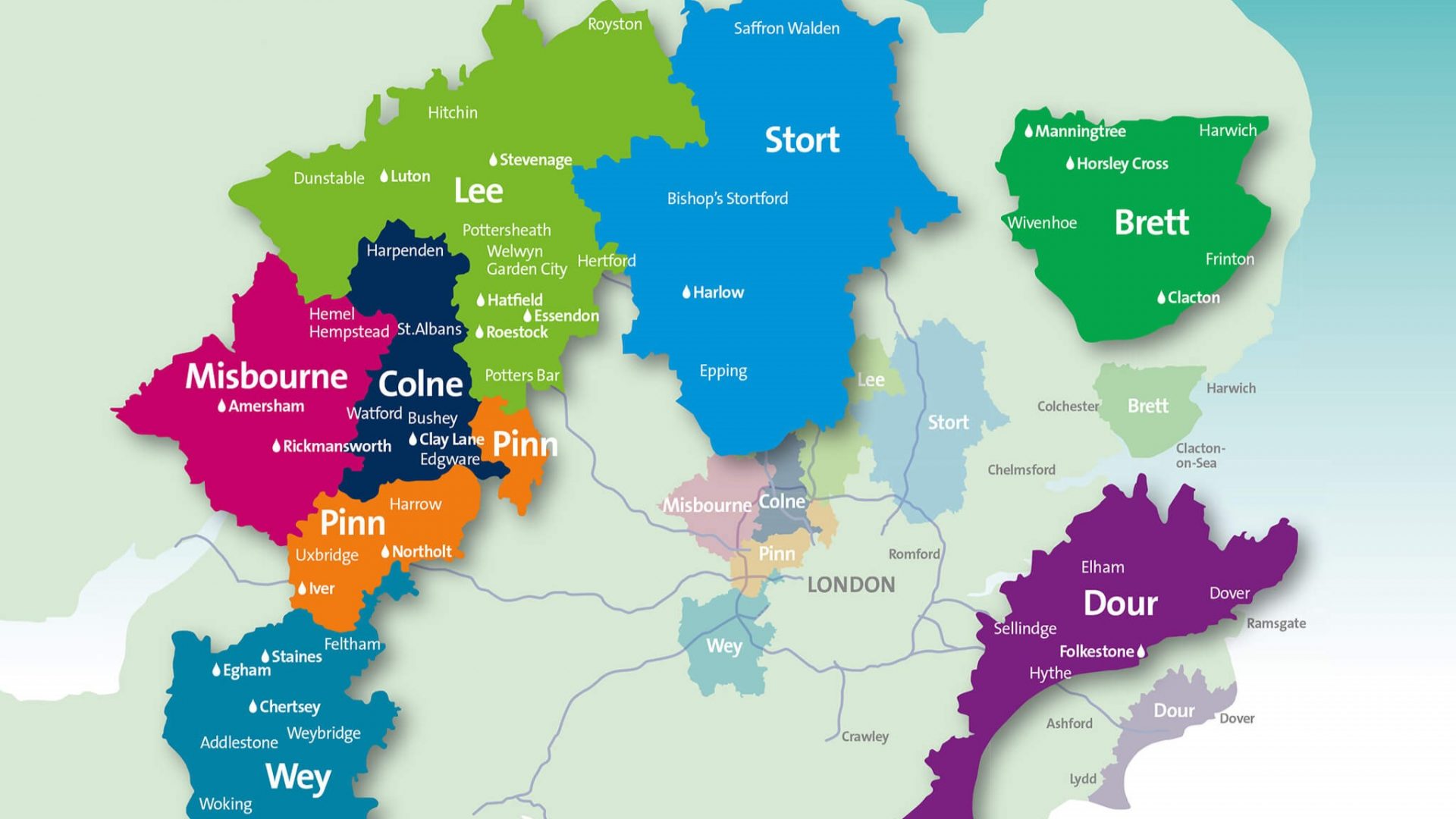This month Affinity Water launched its action plan to address a significant future shortfall in water resources.
The water company says that population growth, climate change and the demand for water are putting significant pressure on the local environment and water resources in the areas they supply, and without action they could face a shortfall of up to 449 million litres a day by 2050.
Every five years, Affinity Water produce an action plan which addresses these future challenges. This is known as the Water Resources Management Plan.
The actions include reducing customer demand, driving leakage down further than ever before, metering, significant investment in new infrastructure for new sources of water and working across the water industry to plan and share resources regionally.
The draft plan will also increase the resilience of the region’s water supplies to severe drought, achieving the Government’s target for water supplies to be resilient to a one in 500-year drought by 2040. This comes following one of the driest years on record, with drought declared across much of the country and the whole of South East England.
 The first new water resource scheme within the plan is the Grand Union Canal Transfer.
The first new water resource scheme within the plan is the Grand Union Canal Transfer.
Affinity Water will be utilising existing canal infrastructure to move water between regions to get water to where it’s needed most – to the southeast, which is classed as a water stressed area.
Investigation and planning work is already underway, with construction due to start in 2026-27. Delivery is expected by late 2032.
The first stage of this scheme will bring in an additional 50 million litres of water a day from Severn Trent Water’s supply area by 2032.
This first stage of the Grand Union Canal scheme alone represents an investment of around £250 million as part of Affinity Water’s proposed £3 billion investment to meet future challenges.
The Second stage of the scheme is planned to bring an additional 50 million litres of water into Affinity’s area between 2040 – 2050.
The initiative will need over 2.5 miles of canal bank to be raised along the 80-mile canal route in Phase 1, along with new pipelines, a new water recycling plant at Minworth to treat water before its distributed into the canal and an array of pumps to keep the water moving. The water will then be taken further downstream near Leighton Buzzard to be treated again before its distributed to homes and businesses in parts of Affinity Water’s supply area.
In addition to increasing the resilience of the canal, the added benefits associated with this innovative water supply scheme have the potential to help with flood alleviation, biodiversity enhancement and public access improvements along the canal, to name a few.
The Grand Union Canal Transfer is the first large new water resource scheme in Affinity Water’s action plan and will play a key part, alongside reducing leakage, reducing demand and other new infrastructure schemes to ensure there is enough water for a growing population and leave more water in the environment to help protect the region’s globally rare chalk streams.
Director of Asset Strategy and Capital Delivery, Steve Plumb said:
“Within the next five years and in the longer term we know that there will not be enough water for our customers and the environment unless we make changes to meet the challenges we face. Doing nothing is not an option. We need to act now to ensure there is enough water for future generations.
“We have been working closely with other water companies and third parties such as the Canal and Rivers Trust to look more strategically for options to supply water and plan the resources we need at a regional scale. These schemes are referred to as Strategic Resource Options (or SROs) and we have identified six such schemes that are considered in our draft plan.
“The Grand Union Canal scheme is one of our most innovative and earliest new resource options in the plan. It utilises existing infrastructure to transfer water (which would otherwise be lost to sea) from the Midlands, down to Affinity Water’s supply area and plays a key part in meeting future predicted shortfalls to keep water flowing to our customers, whilst leaving more water in the environment.”
Richard Parry, chief executive of the Canal & River Trust, said:
“Our Georgian canal network is enjoying a second golden age. Still navigated by boats and used for wellbeing by millions of people in our towns and cities, this amazing historic engineering can today also play a growing role in providing a more resilient water supply for the nation, moving water from areas with a surplus to those with higher levels of water stress.
“The partnership with Affinity Water, and the prospect of other cost-efficient water transfer schemes nationwide, will see important and ongoing investment in the canal network helping to ensure that it is here for future generations to use and benefit from.”



